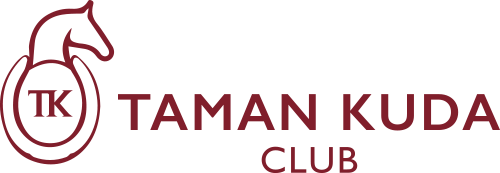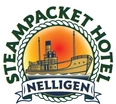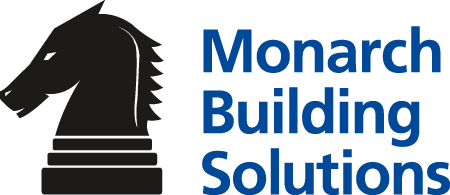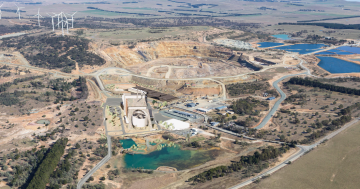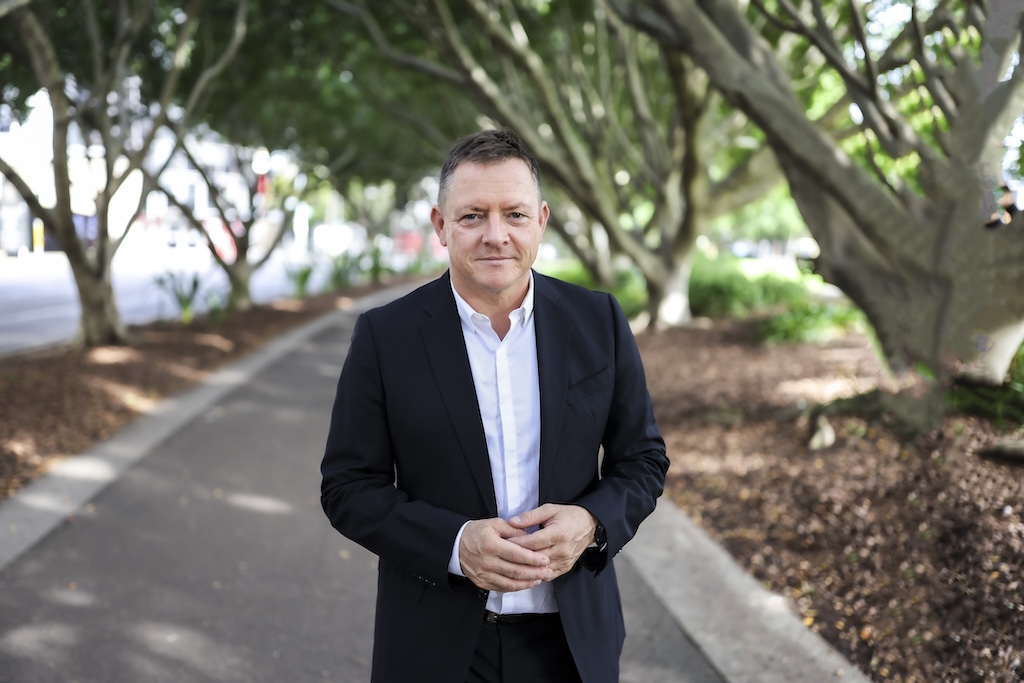
Veolia ANZ Chief Executive Richard Kirkman. Photo: Veolia.
I read a recent article about our proposed Woodlawn facility with concern — not because people are asking questions, but because it contains significant inaccuracies that are understandably alarming residents.
Communities deserve facts, not fear. So let me address the key concerns raised.
The article suggests our facility will “pollute the water table and land”. The independent science says otherwise.
We commissioned experts to conduct a comprehensive human health risk assessment — the same scientifically rigorous process required by NSW regulators. They modelled worst-case scenarios over 70 years, even though the lifespan of the plant is far less. Their finding? Rainwater tanks, groundwater, and locally grown produce would remain well within Australian safety standards.
The NSW Department of Primary Industries reviewed our proposal and confirmed it “will not result in an adverse impact on any agricultural land use or agricultural production”.
The Woodlawn ARC facility is designed to be zero-discharge — so no surface water leaves the site. This is a legal requirement under our EPA licence.
Modern technology, not old incineration
I understand why “incinerator” raises alarm bells. But modern energy recovery facilities are fundamentally different from old-style incineration.
They use state-of-the-art technology with controlled combustion at over 850 degrees Celsius with advanced cleaning systems that together remove 99.9 per cent of pollutants, all with continuous monitoring. More than 450 such facilities operate across Europe — many in major cities near homes, schools, and farms. Paris heats its hospitals and the Louvre with them.
Stack emissions are 99.9 per cent normal atmospheric gases — nitrogen, oxygen, carbon dioxide, and water vapour. That white plume? It’s steam, like from a kettle. The remaining 0.1 per cent includes trace gases continuously monitored to meet some of the world’s strictest standards, consistent with the NSW Chief Scientist and Engineer’s recommendations. These gases already exist in the atmosphere and the important principle is that new facilities must not significantly increase those gases, thereby maintaining local air quality.
Here’s important context: NSW Government data shows wood heaters, small engines, and vehicles contribute far more to local air pollution than a modern energy recovery facility could.

An artist’s impression of the Advanced Energy Recovery Facility proposed for Woodlawn near Tarago. Veolia says it will increase metal recycling by extracting metals from ash and produce aggregates for reuse in infrastructure like roads. Image: Veolia.
Recycling and the circular economy
Our facility won’t stop recycling — evidence proves the opposite.
Countries with the highest recycling rates and high air and water quality also use energy recovery. Switzerland recycles 53 per cent of its waste and recovers energy from the remainder. Sweden recovers and recycles 99 per cent of its waste, with 53 per cent going to energy recovery.
Why? Because energy recovery handles what can’t be recycled, not what can be.
We’ll only process non-recyclable residual waste — stuff destined for landfill after everything possible has been recycled.
Why we need this
By 2030, Greater Sydney’s landfills will have a shortfall of 1.1 million tonnes annually. This will force waste to travel longer distances and could increase household waste costs by 20 per cent.
Our facility will divert 380,000 tonnes from landfill annually while generating clean electricity for about 40,000 homes. That’s addressing a real crisis with proven technology.
Over 20 years, we’ve transformed Woodlawn, once a highly toxic abandoned mine into a well-managed, environmentally safe facility. Without our intervention, acidic mine water would likely be overflowing into local waterways.
Opponents trying to undermine trust in our operations conveniently bundle all non-compliances as pollution events. This is not the case. Non compliances have included shifting water from one pond to another to avoid spillage during unprecedented rain events, third party auditors taking too long to write their reports, administrative bonds being reviewed and approved late, and a small amount of liquid leaking from a container that was cleaned up with street sweepers. None of these were found to have polluted the air or water table.
Whenever there’s been an issue, we’ve responded promptly and transparently.
We’ve created 80 local jobs, contributed almost $16 million to local councils, and supported more than 1500 community projects through the Veolia Mulwaree Trust.
We operate more than 65 energy recovery facilities globally to the highest standards.
From 19 November, we’re launching an “Ask us Anything” campaign. Send us your toughest questions about energy from waste and we’ll answer them publicly.
I invite anyone with concerns to meet with us, review the independent assessments, and judge for yourself based on the evidence.
For more information, visit the ARC website.
Richard Kirkman is the CEO and Managing Director of Veolia Australia and New Zealand.



